
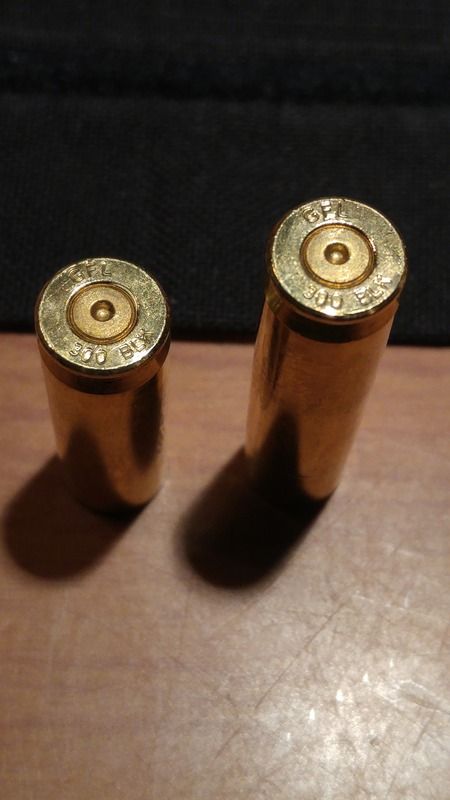
Since I was the only one shooting, it got me kinda curious......
.......so I also found this on my cleaning rod.......
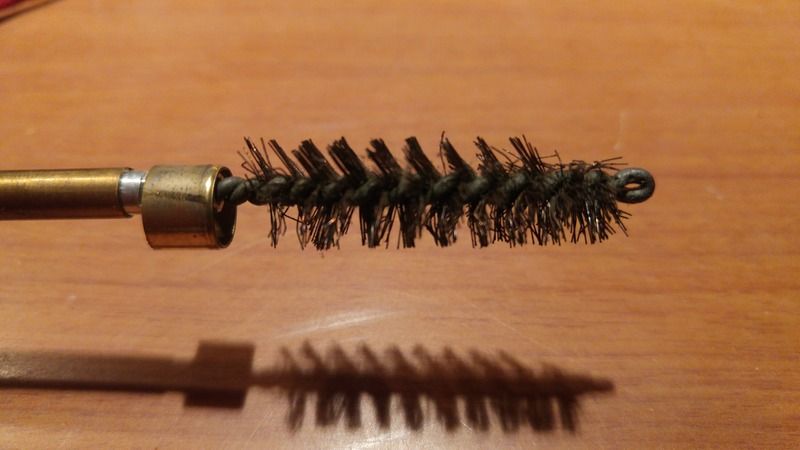
It was hiding in here......
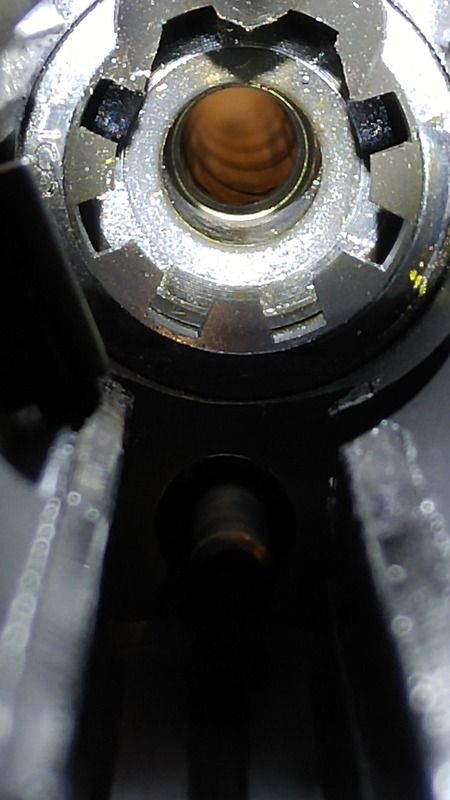




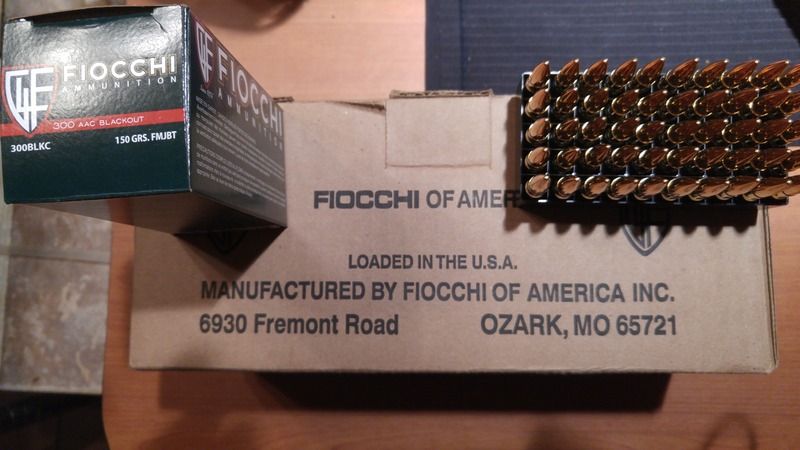
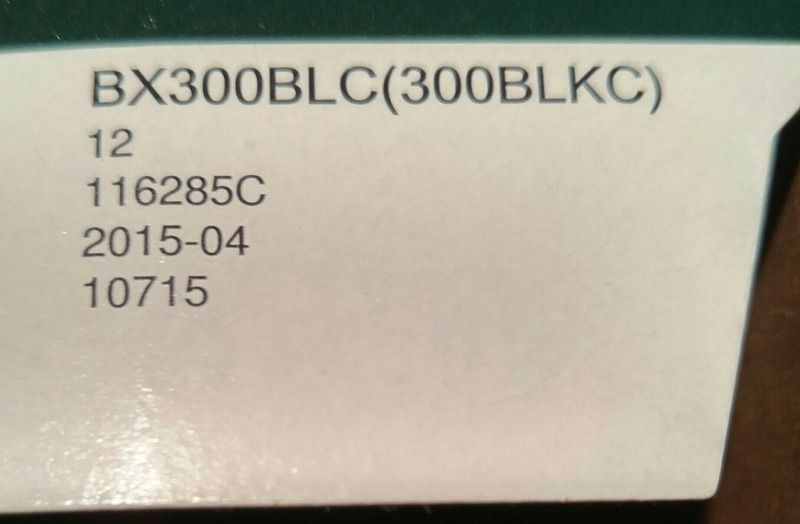
Considering 5.56 uses a military crimp on the case mouth and operates at a lot higher pressure I seriously doubt you are ripping the case apart due to a tight crimp into the cannelure. It's all pointing back to brass that was not annealed. That is one of the biggest problems with making cases from 5.56 brass that wasnt annealed after it was cut down.AJMD429 wrote:Primers look ok. The case neck that was left in the chamber was pretty loose; no effort was needed to push the brush in from the breech and pull it out. I almost wonder if I could have just tapped the breech of the upper on the floor and shaken it out (it looks loose in the photo of the chamber I took before brushing it out).
I'll be sending the info to Fiocchi, and see what they say, but I think the cannelure is too aggressive, plus like you said, the brass evidently is pretty brittle.
The bummer is that I'd decided to christen my 300 Blk AR as primary ranch rifle, and had bought a whole case of Fiocchi ammo towards that end....
I don't think I'm going to be shooting this stuff in a semi-auto much....
1. I'm convinced it is a combination of brittle brass and an over-aggressive cannelure (the cross-section where the case separated is soooooo thin).sore shoulder wrote:I do think that timing of the shorter pistol gas my be contributing a bit to the problem, but its manifesting because the case wasn't properly processed and is brittle. This is because pistol gas systems tend to start extracting before the case has released from the chamber walls. This is also why heavy buffers work so well in a pistol as they create a slight delay in the bolt moving backwards. Usually that's just a bandaid for the real problem, over gassing, which is due to over sized port, which is a lot more common cause of problems than most people shooting AR pistols realize. This is due to some inaccurate port size charts from known manufacturers that have been floating around for years and misunderstandings of gas timing, pressure and what the pressures are at various distances from the gas key.
Its easy to spot the early extraction by examining the rim to see how deep the extractor marks are, hence my earlier question. Where the brass is landing is also a good indicator, assuming your upper receiver has a brass deflector. if its landing earlier than 3:00, you are likely over gassed. Of course how hot the round is loaded can also affect this. In some cases this will cause extraction issues due to the extractor popping off the rim while the case is still gripping the chamber. This is why you see extractor enhancements being recommended, and they usually work, but again, it a bandaid for an oversized gas port.
There are a few ways to skin the over sized port cat. Adjustable gas block, bushing in the barrel, and my favorite a gas block with removable bushings.
Well....actually, a 'Winchester' 92 currently is our go-to house/ranch rifle. Not in a real 'authentic' clambering (45 Colt), and not really a Winchester (it's a Rossi), but it is definitely a levergun...!Nath wrote:Trade it in for good Win 94, far more reliable